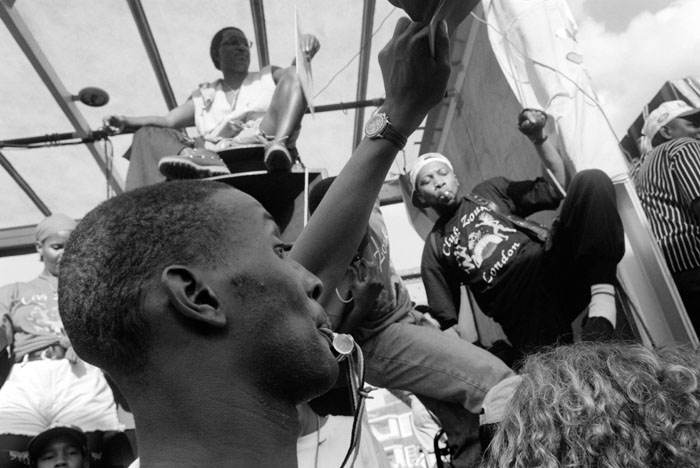I’ve just spent a day making black and white prints, printing from black and white negatives I took in the 1990s. Most of them I still have exhibition quality black and white prints I made at the time (vintage prints!) but I’ve decided I want to show new prints that I’d be happy to sell – should anyone wish to buy them.
For some years I’ve been more than happy with the quality of prints I could make on matt paper with a relatively primitive Epson 1160 printer fitted with Cone Peizotone inks – three grays and a black. They had a quality all of their own that was impossible to match on silver gelatine matt papers – very similar indeed to a good platinum print, but with a distinct advantage in terms of cost and convenience.
Good platinum prints are in any case rare beasts, although one or two of those I made might qualify. But relatively few of those being made now can match the quality of work by the old masters such as Frederick Evans and P H Emerson. Nor do all modern platinums seem to have the ‘archival’ qualities that have usually been attributed to the process.
But there is still something that attracts me about the silver print, and in particular those on unglazed glossy surfaces which have a brightness and longer scale than platinum or other matt prints don’t possess. Fortunately you can now get similar results more or less “out of the box” with inkjet printers such as the Epson R2400 on my left as I type.
Epson’s own papers don’t quite come up to the job, although its ‘Premium Glossy‘ gives a reasonable approach to a resin-coated silver print. Fortunately there are now several third-party papers available that can give fine black and whites to more or less match the best darkroom fibre-base papers as well as the rather easier job of making good colour prints.
The paper I’ve been using today is Permajet Fibre Base Gloss (PFBG), which they describe as an acid-free mould made fine art paper with a textured surface. It would actually be useful to have fuller technical information than they care to give which seems largely designed to hide the fact that it is very similar – if not identical – to products available under at least two other brand names. It is an excellent product which I’m told comes from a British paper mill and is made from alpha cellulose with a titanite rather than a baryta layer and a special microporous gloss coating.
I used the EpsonR2400 printer with its K3 inks, in ABW mode, but it took me a little while to sort out how to get good black and white prints that were more or less a perfect match to my screen image. The printer has black and two gray inks, and in ABW mode also uses small amounts of coloured inks, enabling a choice of print colour.
The bottom line for most photographers is whether these prints are as good as the black and white prints we used to make in the darkroom.

Comparing these new prints with selenium toned exhibition prints I made over ten years ago, and my answer has to be yes and no. Most of the prints benefit from the more precise control offered on the computer, but a few of the darker and more moody images just have a little extra richness in the older prints. It’s a small difference, and one that I suspect might be bridged with a more sophisticated approach to printing using software such as Bowhaus’s IJC/OPM (or the shareware Quadtone RIP) when I have more time to experiment, although it may also need a spectrophotometer to get the most out of these.
You can see the results of my printing session on show in English Carnival at the Shoreditch Gallery at The Juggler, 5 Hoxton Market, London, N1 6HG from 29 Sept- 31 Oct 2008 (Mon-Fri 8am-6pm, Sat 10-4pm, closed Sundays. ) You are welcome to the opening on Thursday 2 Oct, 6.30-8.30pm. This is one of over a hundred exhibitions and events in London as a part of photomonth 08 (this year’s web site with full details should be on line shortly) making this the largest photography festival in the UK.
A further post, Using ABW on PFBG, looks at Epson ABW printing and the challenges in getting prints using PFBG in detail.